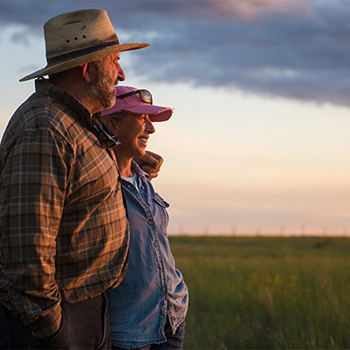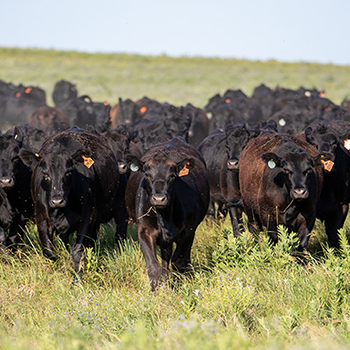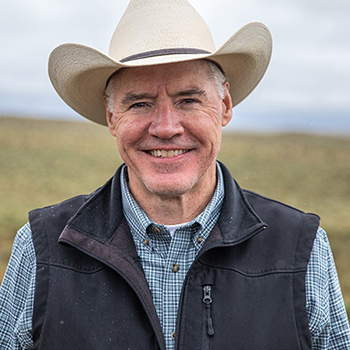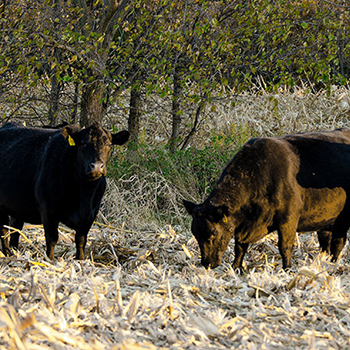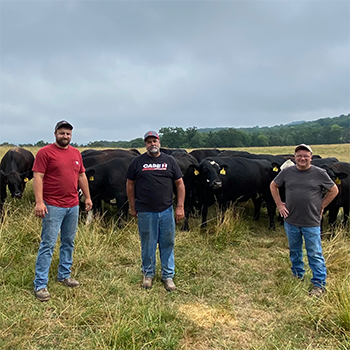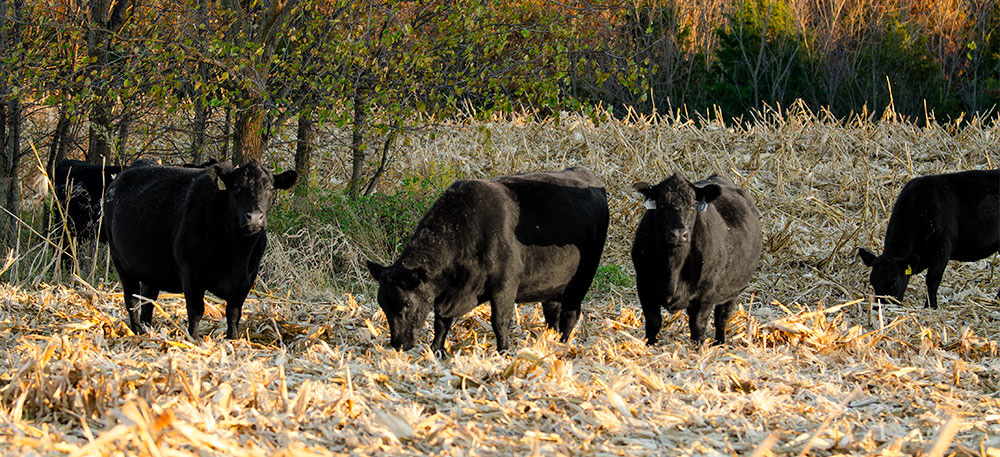
A Unique Way to Enable Young People to Get Started in the Beef Industry
Drylotting cow-calf pairs and grazing crop aftermath offer opportunities for the eager.
The late Terry Klopfenstein, who was a professor at the University of Nebraska for many years, started a program to help prepare graduates for future roles in the beef industry by providing hands-on experience, as well as classroom work. During those years he realized there are some great possibilities for young people to become involved in cattle management.
In many regions of the country, we have lost thousands of acres of pastureland to corn production. Grass for summer grazing is harder to find, and there is a tremendous amount of corn residue going to waste that could be used as cattle feed.
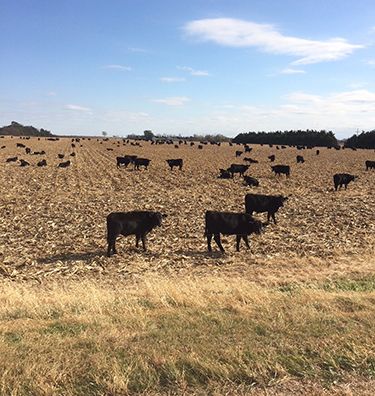
|
“In many instances there is so much residue left in the field that farmers have to do some kind of tillage to get rid of it and incorporate it into the soil or shred it so the subsequent crop will grow through it,” he said.
If cattlemen could make use of some of that material by grazing or other harvest methods, it would help the farmer and add another source of forage for cattle.
“There is a great opportunity for young people to be involved in this process of moving cattle from ranchland to cropland for winter grazing,” he observed. “That young person would not have to own the cattle or the land, but simply manage it.”
This scenario could work nicely in farming areas where there is a shortage of pasture during summer.
“There are now opportunities for cow-calf pairs to be in a feedlot in summer and grazing cornstalks in winter. Young people could be involved in this, either working on their own or as an employee of the feedlot — taking care of the cattle in either location,” he suggested. “They could be helping calve during summer in the feedlot and manage the pairs out on cornstalks in winter.”
There is a growing need for something like this. Young people could be the flexible managers to help make this happen — doing something that neither the farmer nor the feedlot manager or rancher is able or willing to do.
“We can’t move the cornfields to the ranching areas. We have to move the cattle to the cornfields. Once you move the cattle, and the rancher is not there to take care of them, he needs a dependable person to do it,” Klopfenstein reasoned.
It would entail fencing (such as temporary electric fencing) and figuring out water sources to make it work.
“Ranchers often don’t think in terms of using electric fence on cornfields. Corn farmers would think it’s a nuisance they don’t want to deal with. Yet, I know producers who routinely fence thousands of acres a year, moving electric fence daily or multiple times a day to strip-graze or mob-graze. … It’s just a different mindset,” he said.
“Every challenge can be an opportunity. My students realized they could learn how to do something like this and manage the cattle,” he said.
Sometimes older people don’t want to change or try new ideas, but young people can be encouraged to think outside the box.
“This is why it is so important to get young people involved and turn them loose with some guidance,” he said. “We want them to keep an open mind, to be able to try something and see how it might work — maybe start on a small scale and go from there. They need to be open to possibilities,” he said.
Managing cattle for someone else could be a way to get a start in the beef industry that might open the door to other opportunities.
Editor’s note: Heather Smith Thomas is a freelance writer and cattlewoman from Salmon, Idaho.
